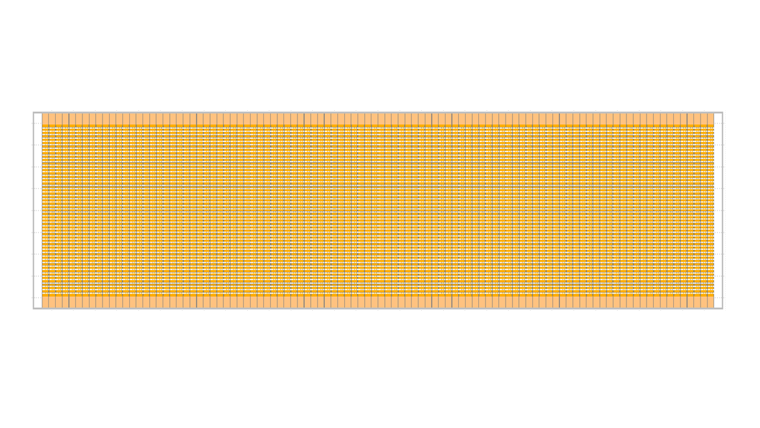High-Performance Addressable Multi-Junction VCSEL Arrays

Lumentum high-performance addressable VCSEL arrays allow for the use of hundreds of addressable segments to directly image the scene, increase control of the illumination area, reduce overall power consumption, efficiently match the detector and optics, and remove the requirement of mechanical scanning parts. The result is a compact, reliable, robust, simple-to-manufacture, and fully solid-state solution.
The leading-edge 1D and 2D addressable VCSEL arrays are made possible using Lumentum multi-junction VCSEL array technology, which enables high slope efficiency and power density across a broad temperature range. Combined with the inherent reliability and stability of the VCSELs over temperature, this performance creates a potent solution. Peak power for such devices is reduced by less than 10% at 75°C when compared with 25°C.
For the most efficient use of light, the VCSEL array illumination scan needs to be matched with the readout pattern of a single-photon avalanche detector (SPAD) array. Recent advances in Lumentum VCSEL technology combined with innovations in SPAD efficiencies have enabled LiDAR applications in the consumer electronics and automotive industries with ranges from a few meters to over two hundred meters.

Each section (sub-array), represented by a diode-symbol in the schematics may be a single emitter or as many as several hundred emitters in parallel. A diode also represents multiple diode junctions in series behaving electrically like a single diode with higher turn-on voltage. In some LiDAR configurations, individual emitters themselves may be imaged onto proportionally sized SPAD pixels. In these cases, the better metric is peak power density of an individual emitter, which reaches several kilowatts per millimeter in the above case.
The higher peak power, addressability, thermal stability, and narrow wavelength range of these sources that can be made at consumer volumes open new possibilities for all-solid-state short-, medium- and long-range LiDAR systems.
To find out more about the Lumentum diode lasers and technology, please contact Lumentum Customer Service.

